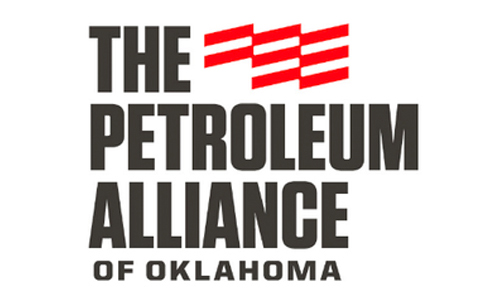There are two words that lurk in the back of every operator’s mind, threatening to strike at the most inopportune moment: equipment failure.
Despite even the most meticulous planning and rigorous financials, equipment failures can bring production to a halt in an instant, disrupting a well’s payback period and incurring hundreds of thousands of dollars in lost time, and replacement costs. In unconventional applications where gas-oil mixtures are in turbulent state and downhole conditions are in a constant state of flux, not only are equipment failures more likely but the stakes are also higher.
While drilling and production efficiencies continue to be improved by technological advancements, operators still must invest a significant amount of capital in each well to achieve target productivity. Furthermore, they are under strict deadlines to recover that investment while turning a profit and returning value to its shareholders. Therefore, the margins for error are extremely narrow.
To safeguard against the setbacks associated with failure-related downtime, many operators enlist the help of their artificial lift provider to help them optimize and improve their operations. At the most basic level, they can monitor equipment performance to identify any trends in pump pressure, temperature, or amperage that may indicate an existing or imminent issue. For example, repeated cycling can signal that the pump is producing a significant amount of gas and solids, warning that without intervention the operator could face a broken shaft or a burnt motor.
However, without incorporating production data, an optimization strategy that depends solely on downhole monitoring data doesn’t capture the whole picture, essentially leaving the operator blind in one eye. An additional layer of critical data, such as weekly production rates, gas content and water cuts, coupled with downhole monitoring data provides context as to what is occurring in the well in real time.This not only enables the service company to make more proactive recommendations for optimization but in turn helps the operator make smarter, more informed decisions, prevent unplanned downtime and most importantly save money by avoiding expensive equipment replacement charges.
When more opportunities for proactive intervention are realized, operators spend less money per pull as opposed to running equipment until it fails. This is where both levels of data are essential. Consider Operator X, who receives downhole monitoring and optimization date from service company, and supplies weekly production data back to them. At the beginning of 2019, Operator X elected to implement a more proactive optimization strategy to reduce the costs it had been incurring from failed equipment. By acting on the insights and recommendations provided by the service company, Operator X was able to pull more wells before equipment failure, resulting in a 41% reduction of the average equipment failure cost per pull.
The cost-savings achieved by Operator X were attainable only because the service provider had access to both production and downhole data streams, and was therefore able to make informed, timely recommendations to attain optimization. While optimization strategies are often unique to each operator’s cash flow requirements and production philosophies, those who do choose to share real-time data with their service providers are empowered to capitalize on opportunities to reduce their cost of ownership.
In conclusion, data-sharing between operators and service companies must become common practice to realize the full cost-saving potential of optimization strategies. With improved collaboration across the operational life cycle, producers can leverage lower intervention costs and service companies can continue to deliver technologies and solutions with operational success.



